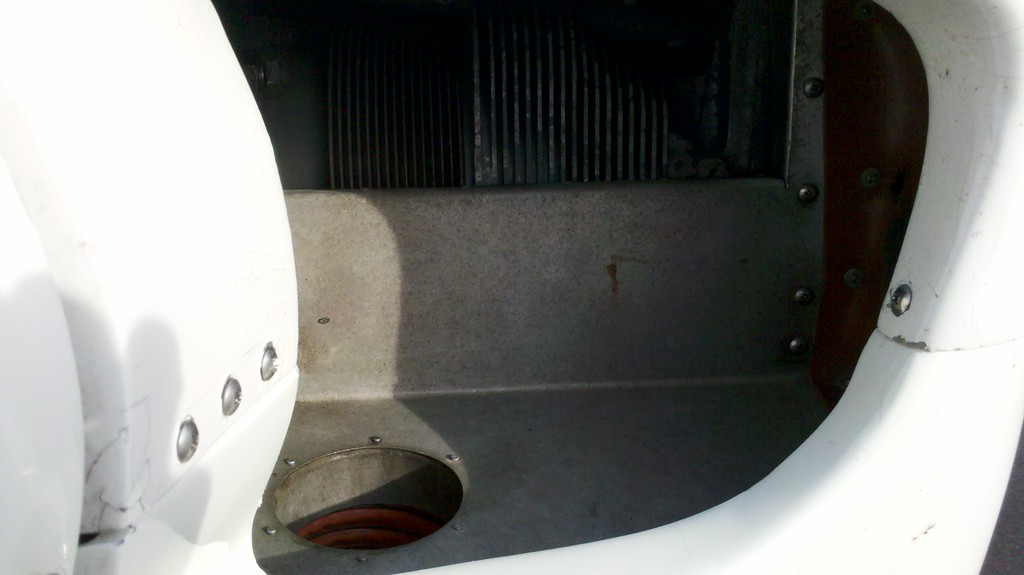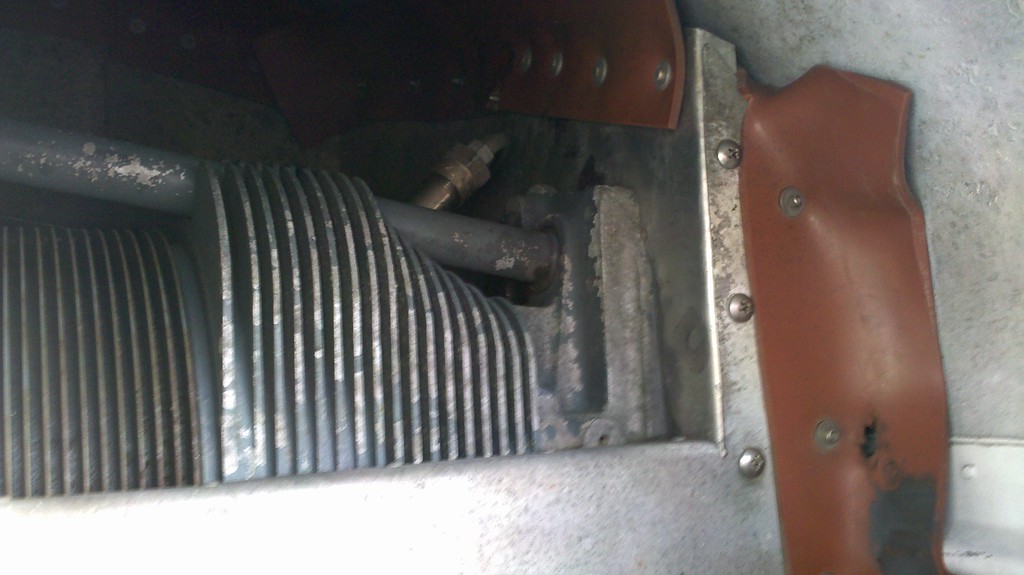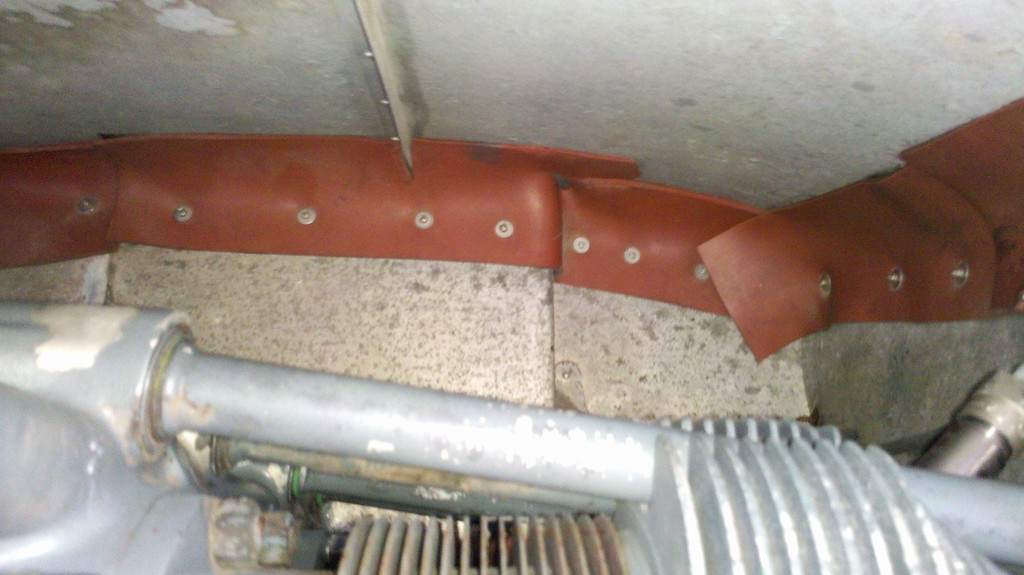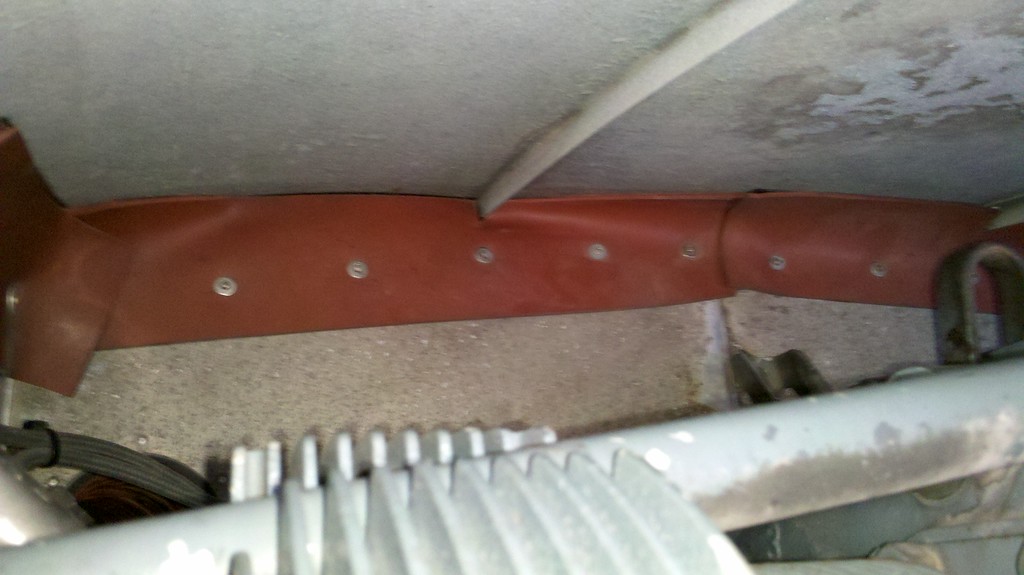docmirror
Touchdown! Greaser!
- Joined
- Jan 5, 2007
- Messages
- 12,008
- Display Name
Display name:
Cowboy - yeehah!
TS Alpin makes or made some cowling louvers that are popular on skywagons. I don't know if they're STC'd for a skyhawk...
You might try that...
And exhaust pipe fairing is supposed to decrease positive pressure through the hole ...

The same offering came on the Bonanza gill doors about 1963 or so. Many of the IO-520 engines have the louvers on the gill doors, and I've heard it helps quite a bit. The early O-470s don't often have them. For the Bonanza, it is not an STC to cut the louvers, just a minor mod done on 337. Not sure what the paperwork would be on a 172 cutting into the lower cowl area for air exhaust, or even if it would help, but it might.
http://www.barnstormers.com/listing_images.php?id=1017435&ZOOM=b7bf61137cc9e9216eb247f75067776f





